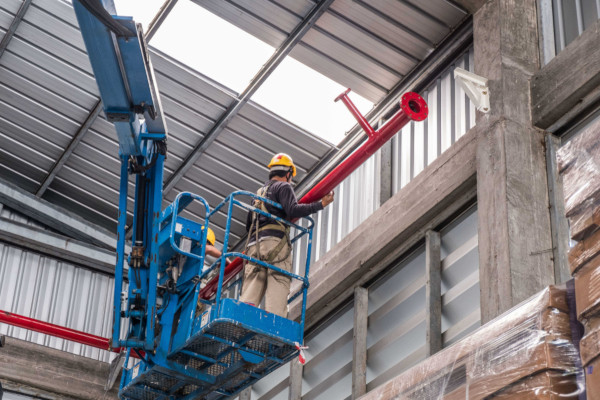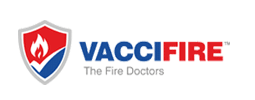Home Sprinkler Systems: What You Need To Know

You’ve probably seen a sprinkler head installed in the ceiling of a store, school, or office. These small, powerful devices can save lives and stop fire damage. However, their role in residential settings is equally crucial, though often underestimated. Fires in homes account for numerous deaths each year, and a residential sprinkler system might help to prevent these tragedies. This article explores the importance, types, misconceptions, and functioning of home sprinkler systems, emphasizing why they are a vital aspect of fire safety.
The Importance of Home Sprinkler Systems
Every year, thousands of lives are lost to home fires. These incidents not only cause devastating emotional and physical harm but also lead to significant financial loss. A residential sprinkler system, though not mandatory by law in all homes, plays a critical role in enhancing fire safety. These life-saving systems can prevent the spread of fire, giving residents precious time to escape and reducing the potential for fire-related injuries or fatalities.
Common Misconceptions About Home Sprinkler Systems
Despite their proven effectiveness, many homeowners are reluctant to install sprinkler systems due to various misconceptions. One prevalent fear is that a fire sprinkler might misfire, flooding the home and causing extensive water damage. Another concern is the belief that the entire system will activate simultaneously, as often depicted in movies, drenching every room even if only one is affected by fire.
These fears are largely unfounded. Modern sprinkler systems are designed with precision to minimize unnecessary activation and damage. A system misfire is highly unlikely, and in the rare event that it does happen, the damage is typically far less severe than the destruction caused by an uncontrolled fire. Moreover, sprinklers activate individually based on the heat in each room, not all at once. This targeted activation ensures that only the areas affected by fire receive water, preventing widespread water damage.
Types of Home Sprinkler Systems
When considering the installation of a home sprinkler system, it’s essential to understand the two main types available: stand-alone systems and multi-use units. Each has its advantages and drawbacks, but both provide critical fire protection.
Stand-alone Sprinkler Systems
Stand-alone sprinkler systems operate independently of the home’s regular water supply. They are equipped with their own set of pipes and backflow prevention devices, requiring a dedicated water storage container.
Advantages
• Independence from the main water supply ensures availability of water even if the household plumbing is compromised.
• Typically designed with robust materials and systems specific to fire suppression.
Disadvantages
• Lack of water circulation can lead to stagnant water, which might harbor bacteria and mold.
• Requires more space due to the need for a separate water storage tank.
• Potentially higher maintenance costs to ensure the system remains functional and free from contamination.
Multi-use Sprinkler Systems
Multi-use systems are integrated with the home’s plumbing, allowing water to circulate through the pipes regularly, preventing stagnation. These systems often include a flow alarm to alert occupants and emergency services when activated.
Advantages
• Continuous water circulation prevents the growth of bacteria and mold.
• Easier to install in new constructions where integration with existing plumbing is more straightforward.
• Flow alarms can provide an early warning, allowing quicker response times.
Disadvantages
• Typically more expensive to install, especially in existing homes where retrofitting is required.
• Dependence on household plumbing means that issues with the home’s water supply can affect the system’s functionality.
How Home Sprinkler Systems Work
Understanding the basic functioning of home sprinkler systems can help demystify their operation and alleviate some common fears. Most residential sprinkler systems are heat-activated, meaning that they respond to the temperature in the room rather than the presence of smoke or flame. This feature is crucial in preventing false alarms and unnecessary water damage.
Although each system may work differently, we wanted the basics to be clear so that there is no confusion.
Most systems are heat-activated. This means that the flame is not what triggers the water but the temperature in the room.
A few systems include a bulb that contains a liquid. This liquid expands when heated. The liquid expands when it reaches a certain temperature. Once that happens, the bulb bursts, and the water flows. Some units have soldered links that melt when they reach a certain temperature and turn on the system.
Once they are activated, they can pump between fifteen and twenty gallons per hour to put out the flames. Water will flow for as long as there is water, and the system is functional.
No matter how the sprinkler system works, you need to remember that they will only go off if it is extremely hot. It is usually around 160 degrees Fahrenheit. Contact a local dealer if you want to inquire about the home fire sprinkler system installation cost.
